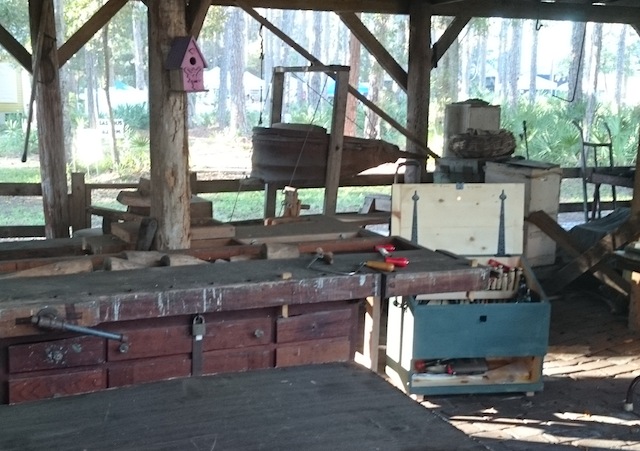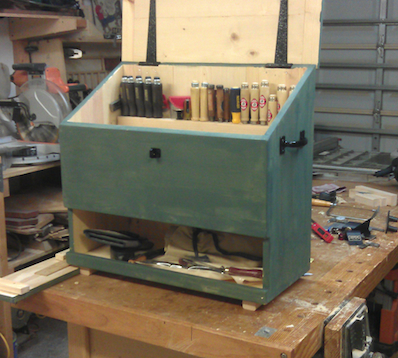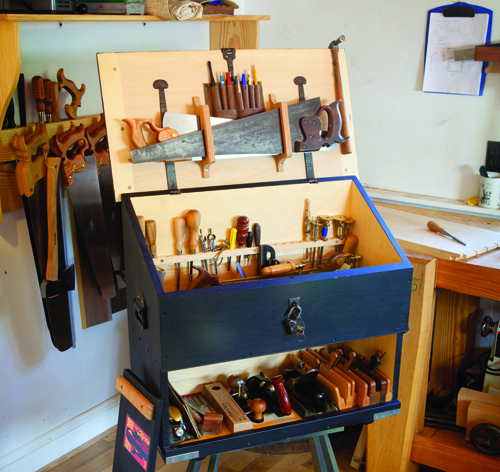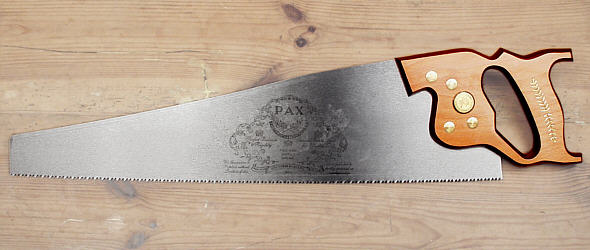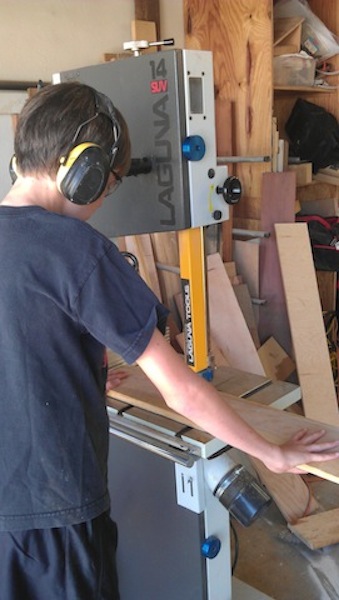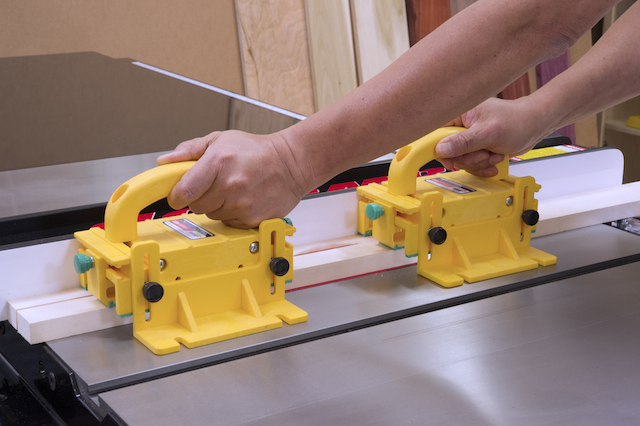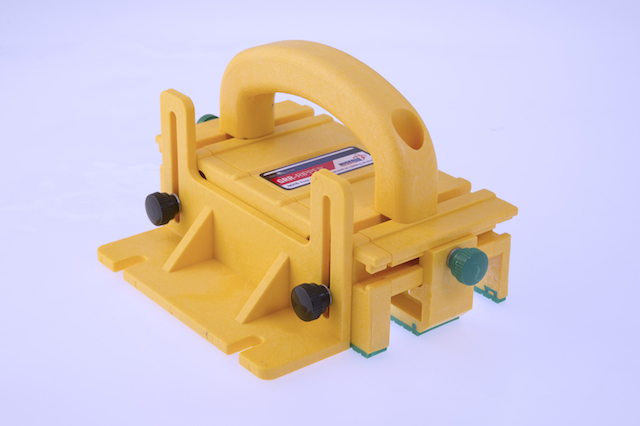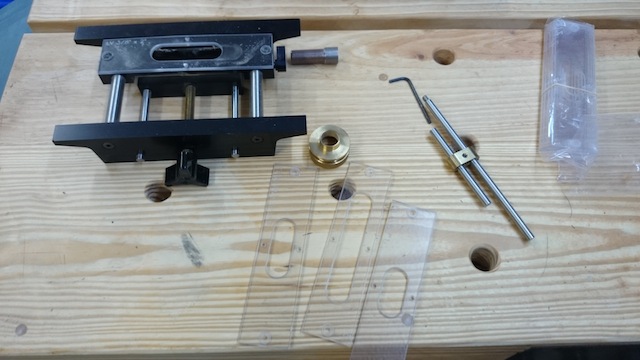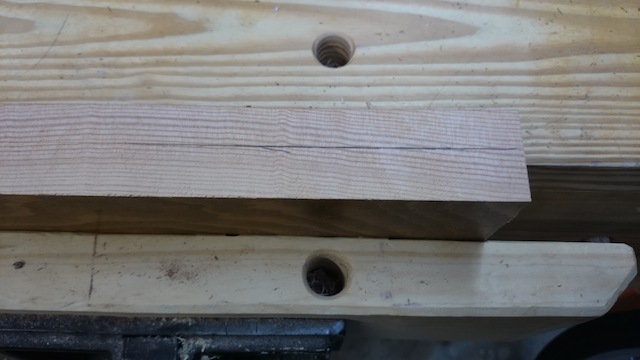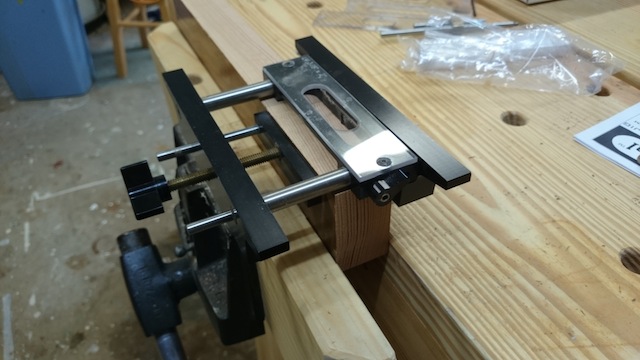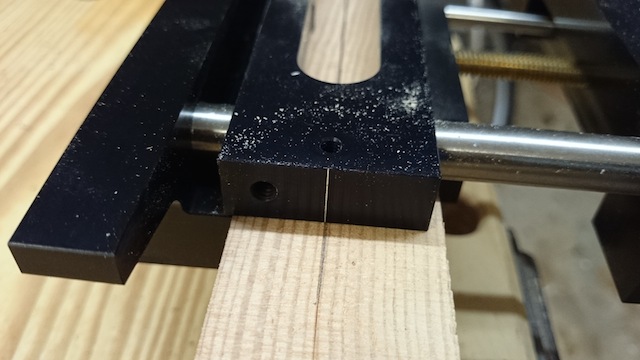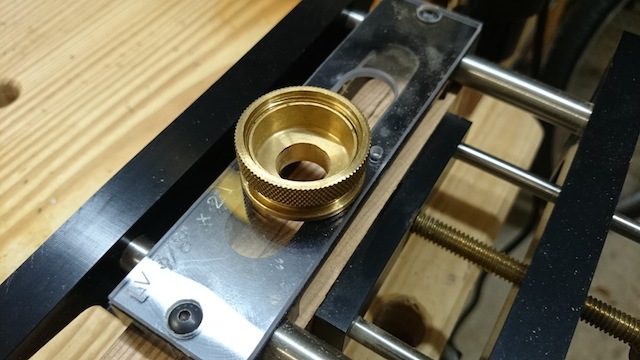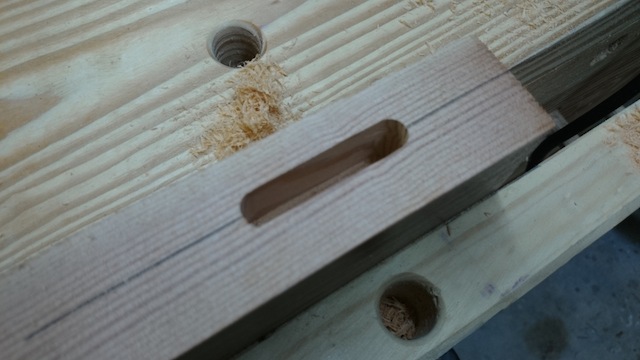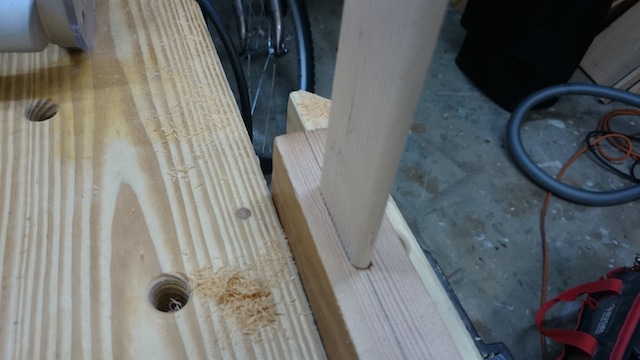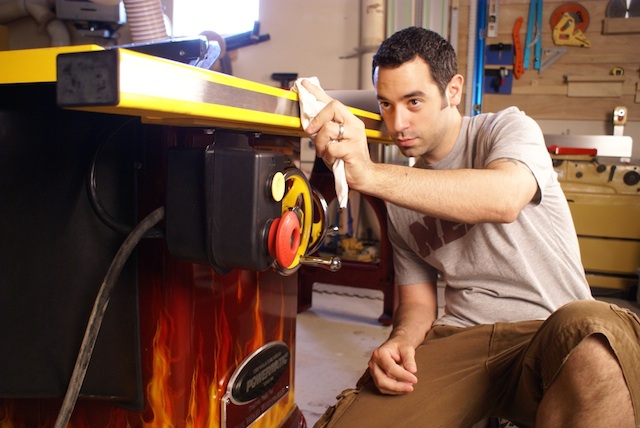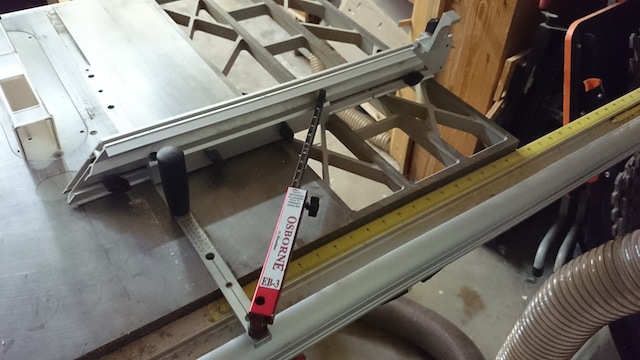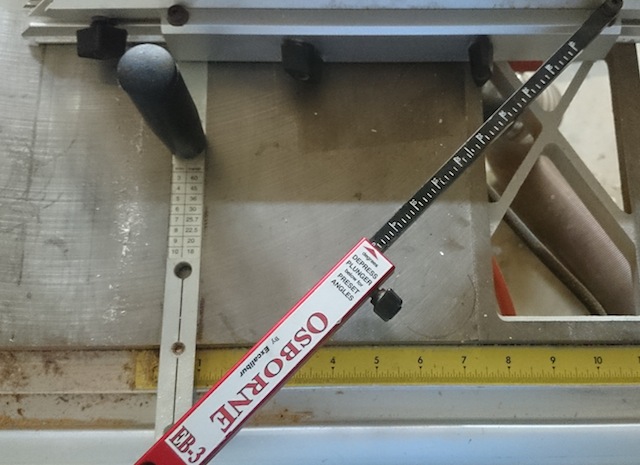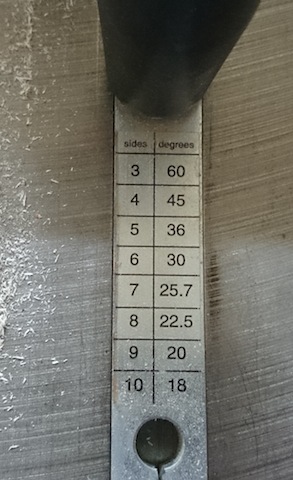So, this past Saturday, I joined other members of the St. Petersburg Woodcrafters Guild at the Heritage Village Country Jubilee doing a little hand tool demonstration. Since I live closest to the historical park, I was the first on the scene, setting up the tool chest in the demonstration barn.
As I sat sipping my coffee in the very early, cool fall air, I had to remind myself that it has nearly been one year since I finished big green. I can remember the day when I finished it, parking it on the top of my old work bench – the last project that I finished on that bench.
I never thought I was going to get a ton of use out of the tool chest. I mean, I use hand tools for some of my projects, and I thought for sure that it would be a great place to stash my tools for the times when I would need them. I have to admit that I am amazed at just how many times I have used it. I have modified the chest, recycled items (like an old bucket tool caddy) to hold more tools and even changed the tool load several times.
No, I promise I’m no Chris Schwarz, Roy Underhill or Shannon Rogers, but I am getting better and more adept at using my hand tools, and I really have the tool chest to thank.
Now, how to improve on it? I know, I just can’t leave well enough alone. I do, however, want to make the chest a little easier to move around. That’s why I sprung for a $20 collapsable hand truck. Surprisingly, the tool chest – even fully stocked with tools – is not all that heavy. Even though this sucker has a capacity of 150 pounds, the tool chest is no where near heavy enough to challenge its limit. It works great with the tool chest, because the chest sits up on a pair of wooden skids screwed to the bottom. Because of that, I can simply slide the tongue under the body of the chest, tilt back and wheel it wherever I need to. That’s how I managed to schlep it from my car to the demonstration barn by myself – one hand solidly on my morning coffee while the other guided the chest along the paths at the park.
Another thing I know I am missing is at least one hand saw do to some crosscutting – if not a second one to do a little ripping as well. No, I’m not planning on throwing out my table saw or band saw, but if I am on site at Heritage Village or want to do a little hand work in the shop, it would be nice to have a few hand saws. As you can see from Chris Schwarz’s original, he has a pair of hand saws tucked up into the lid of the box, standing at the ready.
Our illustrious guild president, Dale Neff, picked up a small tool box saw at the local home improvement center, and it was nice and short, and did a kick-butt job cutting some pine down to size, but I was thinking maybe something a little more elegant. I have my eye on a 22 inch Pax crosscut saw that looks pretty sweet. The shorter size would allow it to ride on the lid of the box, making it easy to grab when the moment calls for more hefty work than my backsaw and dovetail saw can handle.
Well the holidays are coming, and it looks like I have something to add to my wish list!

